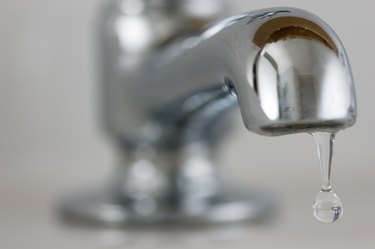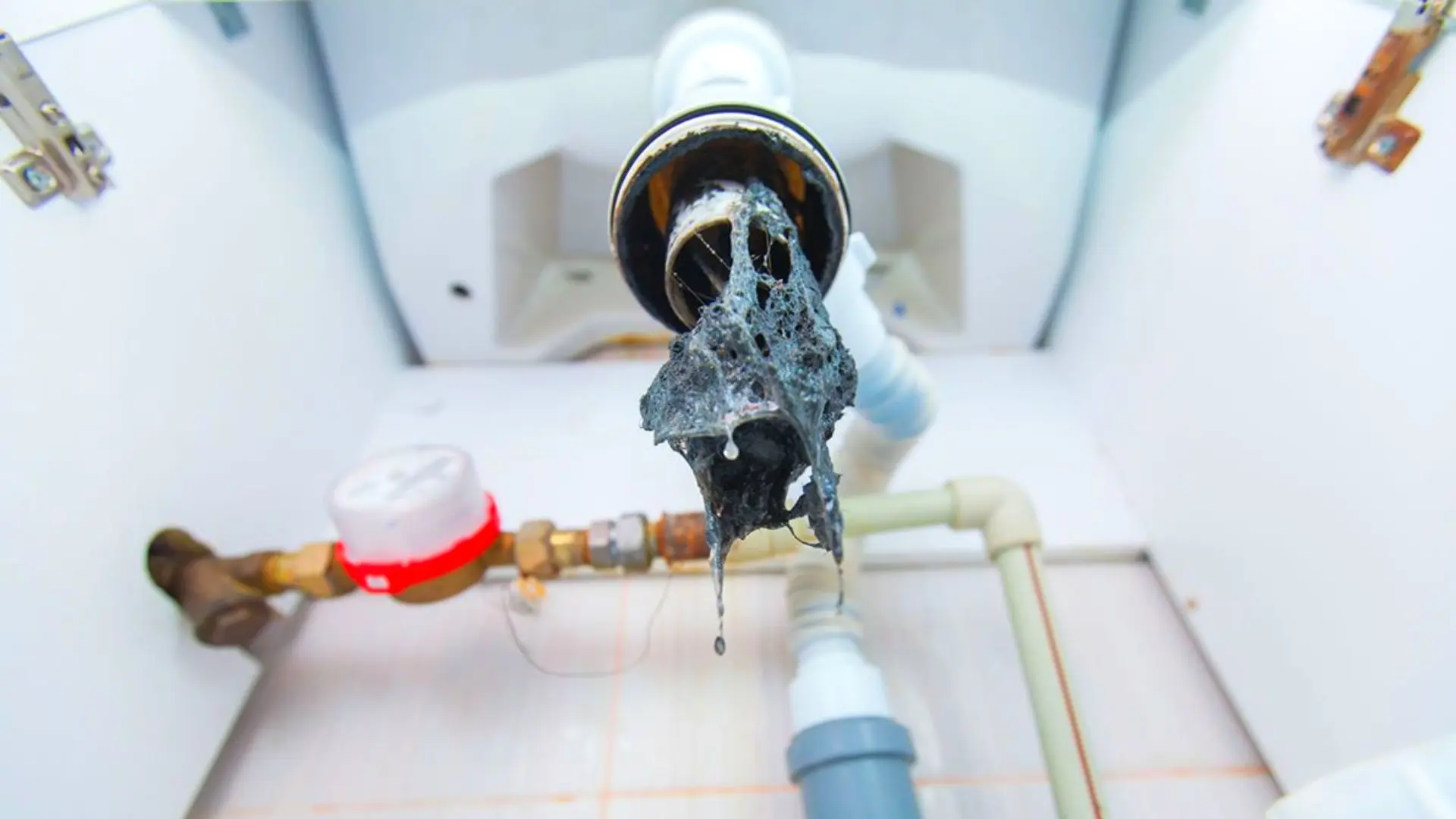Fast Remedies for Solving Low Water Pressure in Your Home
Fast Remedies for Solving Low Water Pressure in Your Home
Blog Article
How do you feel about 4 Ways to Troubleshoot Low Water Pressure?

Low water pressure in your home can be an irritating issue, impacting whatever from showering to washing recipes. If you're experiencing weak water circulation, there are several possible causes and options to discover. In this overview, we'll review common factors for low water stress and practical steps to address the problem properly.
Intro to Low Water Stress
Low tide stress occurs when the circulation of water from your faucets, showers, and other components is weak than typical. This can make daily jobs more tough and less efficient. Recognizing the reasons for low water stress is important to finding the best remedy.
Common Sources Of Low Water Stress
Pipe Obstructions
With time, pipes can come to be blocked with mineral deposits, debris, or particles, limiting the flow of water. This is a common problem in older homes with galvanized steel pipes.
Corrosion
Corrosion within pipelines can bring about leakages and decreased water pressure. Corrosion buildup can constrict water circulation, specifically in aging plumbing systems.
Faulty Stress Regulators
Stress regulators are accountable for preserving constant water stress in your home. If they malfunction, it can cause low water pressure or irregular circulation throughout your house.
Local Water System Issues
Often, the problem lies outside your home. Municipal supply of water problems, such as main line leakages or maintenance work, can momentarily minimize water stress in your area.
How to Detect Low Water Pressure
Examining Taps and Fixtures
Beginning by checking the water pressure at different faucets and fixtures throughout your home. If the concern is isolated to certain areas, it might suggest local issues.
Examining Pipes
Evaluate visible pipes for indications of leaks, deterioration, or blockages. Focus on any unusual noises, such as knocking or rattling pipelines, which can suggest issues within the plumbing system.
Consulting with a Plumber
If you're incapable to pinpoint the source of low water pressure, consider working with a professional plumber to conduct a thorough evaluation. They can identify underlying issues and advise appropriate options.
Do It Yourself Solutions to Deal With Low Tide Stress
Cleaning Aerators and Showerheads
Mineral deposits can gather in aerators and showerheads, reducing water flow. Eliminate and clean these elements routinely to improve water stress.
Flushing Hot Water Heater
Debris build-up in the hot water heater can limit circulation and minimize effectiveness. Flushing the container occasionally aids get rid of sediment and maintain optimum performance.
Checking Pressure Regulator
Ensure that the pressure regulator is working properly. Changing or replacing the regulatory authority can assist recover correct water stress throughout your home.
Clearing Up Clogs in Water Lines
For minor obstructions, try using a plumbing snake or chemical drainpipe cleaner to clear obstructions in pipes. Be cautious when using chemicals and follow security standards.
When to Call a Specialist Plumber
If DIY initiatives stop working to solve the problem or if you presume significant plumbing troubles, it's finest to seek help from a licensed plumber. They have the proficiency and tools to deal with complicated issues safely and efficiently.
Preventive Measures to Keep Water Pressure
Regular Upkeep
Schedule regular maintenance for your plumbing system to stop issues such as rust, leaks, and blockages. Dealing with small problems early can help avoid even more significant fixings later.
Setting Up a Pressure Booster
Consider installing a pressure booster pump to improve water stress in locations with consistently reduced circulation. This can be specifically valuable for multi-story homes or homes with high-demand fixtures.
Tracking Water Use
Be mindful of water usage habits and prevent ill-using the plumbing system. Straightforward adjustments, such as staggering showers and washing tons, can assist keep ample water stress.
Final thought
Dealing with low tide stress can be discouraging, yet identifying the underlying causes and applying appropriate options can restore optimal circulation throughout your home. Whether it's cleaning aerators, checking pipelines, or consulting with a plumber, taking proactive actions can make certain a stable supply of water for your day-to-day requirements.
FOUR WAYS TO FIX LOW WATER PRESSURE NOW
Turning on a shower or faucet only to find the water comes out in a sad, slow drizzle is never a good feeling. How exactly are you supposed to wash a pan or take a quick shower when it takes 10 minutes just to rinse off a little soap? The good news is that when your water pressure is bad, there's always a cause: typically one that can be easily fixed. Here are some of the most common causes of low pressure and what you can do to fix the issue:
DEBRIS AND MINERAL DEPOSIT BUILDUPS
If you notice low water pressure from just one or two of the fixtures in your house, the problem likely has to do with debris buildup. Water is full of minerals and other debris, all of which can accumulate in your pipes and on your fixtures. This can cause a blockage that affects how much water flows through. To fix this, try filling a small plastic bag with white vinegar, and use a rubber band to hang it around your showerhead or faucet. Let the head of the fixture soak for a few hours, and the vinegar should loosen the deposits.
WATER LEAKS
Leaks are another common cause of low water pressure. If water is flowing out of your plumbing through a hole or crack before it can reach your fixture, the pressure coming out of the faucet or showerhead will be lower. A plumbing professional is your best bet for finding and repairing a leak in your water supply pipes.
Leaks are another common cause of low water pressure. If water is flowing out of your plumbing through a hole or crack before it can reach your fixture, the pressure coming out of the faucet or showerhead will be lower. A plumbing professional is your best bet for finding and repairing a leak in your water supply pipes.
FOUR WAYS TO FIX LOW WATER PRESSURE NOW
Turning on a shower or faucet only to find the water comes out in a sad, slow drizzle is never a good feeling. How exactly are you supposed to wash a pan or take a quick shower when it takes 10 minutes just to rinse off a little soap? The good news is that when your water pressure is bad, there's always a cause: typically one that can be easily fixed. Here are some of the most common causes of low pressure and what you can do to fix the issue:
DEBRIS AND MINERAL DEPOSIT BUILDUPS
If you notice low water pressure from just one or two of the fixtures in your house, the problem likely has to do with debris buildup. Water is full of minerals and other debris, all of which can accumulate in your pipes and on your fixtures. This can cause a blockage that affects how much water flows through. To fix this, try filling a small plastic bag with white vinegar, and use a rubber band to hang it around your showerhead or faucet. Let the head of the fixture soak for a few hours, and the vinegar should loosen the deposits.
WATER LEAKS
Leaks are another common cause of low water pressure. If water is flowing out of your plumbing through a hole or crack before it can reach your fixture, the pressure coming out of the faucet or showerhead will be lower. A plumbing professional is your best bet for finding and repairing a leak in your water supply pipes.
Leaks are another common cause of low water pressure. If water is flowing out of your plumbing through a hole or crack before it can reach your fixture, the pressure coming out of the faucet or showerhead will be lower. A plumbing professional is your best bet for finding and repairing a leak in your water supply pipes.
A VALVE ISSUE
If you have low water pressure throughout your home, check your main shut-off valve to make sure it's completely open. You may also want to see if there's a pressure-reducing valve installed. If there is, have a plumber help you adjust the settings to get the pressure you're looking for.
OTHERS USING WATER
Believe it or not, your low water pressure could be caused by your neighbors. If you notice low pressure at certain times of day, it may be because you and the people living next to you have similar schedules - when everyone is showering at the same time, the pressure will be lower in every home. Low pressure throughout the neighborhood may also be caused by an issue with your municipal water supply. If that's the case, call the supplier to see if they're working on the issue.
https://www.rotorooter.com/blog/water-leaking/low-water-pressure-fixes/

We are very inquisitive about 4 Ways to Troubleshoot Low Water Pressure and I really hope you appreciated the piece. For those who enjoyed our blog entry kindly remember to share it. We cherish your readership.
Book My Estimate Report this page